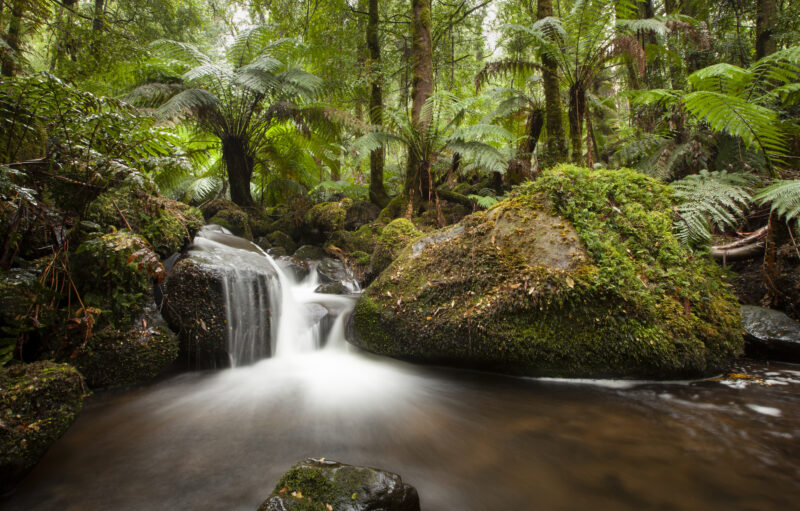Murderers in fur coats
Make no mistake, free-roaming and feral cats are one of the greatest killing machines to ever tread upon the Australian continent. They wreak havoc on native wildlife that has thrived here for millennia, much of it found nowhere else on our planet.

But there is hope for our native wildlife
The Victorian Government is creating the first long-term cat management strategy. Have your say so our much-loved and vulnerable wildlife get the attention and protection they deserve.
Submissions close Friday 26 April.
1. Fill in a brief survey
The survey will ask about your views on different cat management objectives and actions. It will take about 15 minutes to complete. You don’t have to go overboard – as long as enough nature-lovers address the key issues, we can have an impact. There will be spaces for you to add further comments about key issues as you go through the survey.
Complete a brief online survey
2. Upload a submission
If you have more time, expertise or experience you can upload a formal submission. Our submission is here and includes all of the key issues the management strategy needs to properly address.
Key Issues
Why are domestic and feral cats such a big problem
- Domestic and feral cats are contributing to the decline of over 123 threatened native animals, as well as numerous non-threatened wildlife.
- They are a carrier of deadly pathogens and diseases that impact both humans, livestock and wildlife.
- 2023 analysis found roaming pet cats kill 546 million animals a year in Australia, 323 million of which are native animals.
- Cats persist during periods of ecosystem stress, such as bushfires, windstorms, and droughts, exacerbating the pressure on native wildlife through heightened predation.
- When cats prowl and hunt in an area, wildlife must spend more time hiding or escaping.
- Cat predation or ‘introduced predators’ are identified as a threat for 27 animals in Victoria listed or recommended for listing as threatened under the Flora and Fauna Guarantee Act 1988. These include 14 birds, 11 mammals and 2 reptiles.
What the cat management strategy should do to actually protect native wildlife
- The scope of the Draft Victorian Cat Management Strategy largely neglects the task of reducing the impact and number of feral cats in Victoria, which should be a primary focus.
- The draft strategy does little to lay out a plan for state-based leadership on domestic cat containment on top of local government by-laws and local laws. We urgently require state-enforced laws mandating cat owners to contain their pets within their property boundaries at all times.
- The technique referred to as trap-neuter-return must be ruled out and condemned by the document and strategy.
- The Felixer trap must be used in Victoria to recover wildlife such as Critically Endangered Leadbeater’s Possums and Endangered Southern Brown Bandicoots.
- Victoria must reverse its ban on the use of 1080 in controlling feral cats in areas of high conservation significance including parks, islands and areas where endangered animals are recovering from disturbance such as bushfires or windstorms.
- Domestic cats are appropriate in urban settings if contained on the owners’ property 24/7.
Helpful resources
- VNPA submission to the draft Cat Management Strategy
- The impact of roaming pet cats on Australian wildlife (June 2023)
- Staggering death toll of roaming pet cats | Sydney Morning Herald
- Predation of Native Wildlife by the Cat Felis Catus
Why get involved?
- Express support for evidence-based protection of Victoria’s wildlife
- Learn about the issues facing our natural places and web of life
- Positively impact the decisions being made on your behalf
- Reinforce and illuminate collective concerns
Next steps
The Victorian Government will use your feedback to develop the final cat management strategy.


